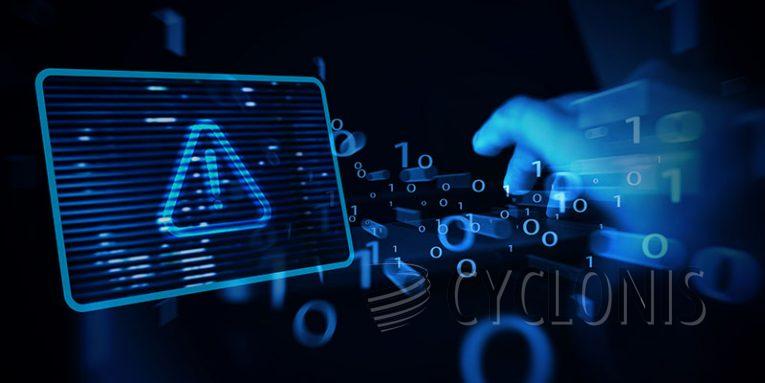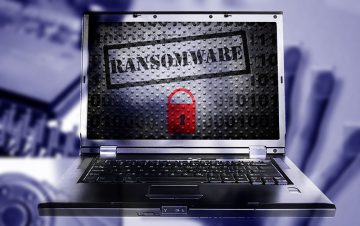2023lock Ransomware Threatens Data Leaks

2023lock operates as a type of ransomware malware with the primary purpose of encrypting data and demanding ransom payments for its decryption.
During our testing on a virtual machine, 2023lock successfully encrypted files and modified their filenames by adding a ".2023lock" extension. For instance, a file named "1.jpg" was transformed into "1.jpg.2023lock," and "2.png" became "2.png.2023lock," and so forth.
Upon completing the encryption process, the ransomware generated two identical ransom notes, namely "README.html" and "README.txt," and placed them in the C drive.
The message conveyed by 2023lock informs the victim about the encryption of their files and the theft of sensitive data. The note emphasizes the urgency of contacting the cyber criminals within a 24-hour timeframe. Failure to meet this deadline may result in the exposure or sale of the exfiltrated content.
The victim is cautioned against attempting to decrypt the data independently due to the risk of permanent data loss, as only the attackers possess the necessary decryption keys. Seeking assistance from third parties is also discouraged, as it is stated to lead to increased financial loss.
2023lock Ransom Note in Full
The complete text of the 2023lock ransom note reads as follows:
We downloaded to our servers and encrypted all your databases and personal information!
to contact us install tor browser
hxxps://www.torproject.org/download/
go to the page
hxxp://txtggyng5euqkyzl2knbejwpm4rlq575jn2egqldu27osbqytrj6ruyd.onion/
follow the instructions on the website
to start chatting with us write "hello"
IMPORTANT INFORMATION!
If you do not write to us within 24 hours, we will start publishing and selling your data on the darknet on hacker sites and offer the information to your competitors
Guarantee:If we don't provide you with a decryptor or delete your data after you pay,no one will pay us in the future. We value our reputation.
Guarantee key:To prove that the decryption key exists, we can test the file (not the database and backup) for free.
Do not try to decrypt your data using third party software, it may cause permanent data loss.
Don't go to recovery companies - they are essentially just middlemen.Decryption of your files with the help of third parties may cause increased price (they add their fee to our) we're the only ones who have the decryption keys.
How Can Ransomware Infect a System?
Ransomware can infect a system through various methods, and attackers often employ a combination of techniques to maximize their chances of success. Some common ways ransomware can infect a system include:
Phishing Emails: Attackers may use phishing emails to distribute ransomware. These emails often contain malicious attachments or links that, when clicked or opened, execute the ransomware on the victim's system.
Malicious Links: Ransomware can be delivered through compromised or malicious websites. Clicking on a malicious link, especially on websites that are less secure or have been compromised, can trigger the download and installation of ransomware.
Malvertising: Cybercriminals can use malicious advertisements (malvertisements) on legitimate websites to spread ransomware. Clicking on these ads can lead to the download and execution of the malicious code.
Drive-By Downloads: In some cases, ransomware can be downloaded and installed on a system without any user interaction. This can occur through vulnerabilities in software or web browsers that are exploited by the attackers.
Exploiting Software Vulnerabilities: Ransomware authors often target vulnerabilities in software to gain unauthorized access to a system. Keeping software and operating systems up-to-date with security patches helps mitigate this risk.
Social Engineering: Cybercriminals may use social engineering techniques to trick users into downloading and executing malicious files. This can include deceptive messages, fake software updates, or fraudulent notifications that convince users to take actions leading to ransomware infection.







